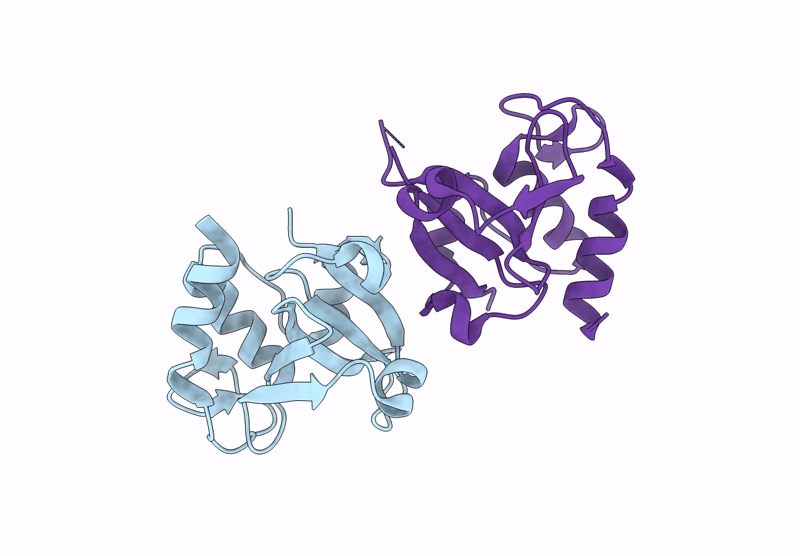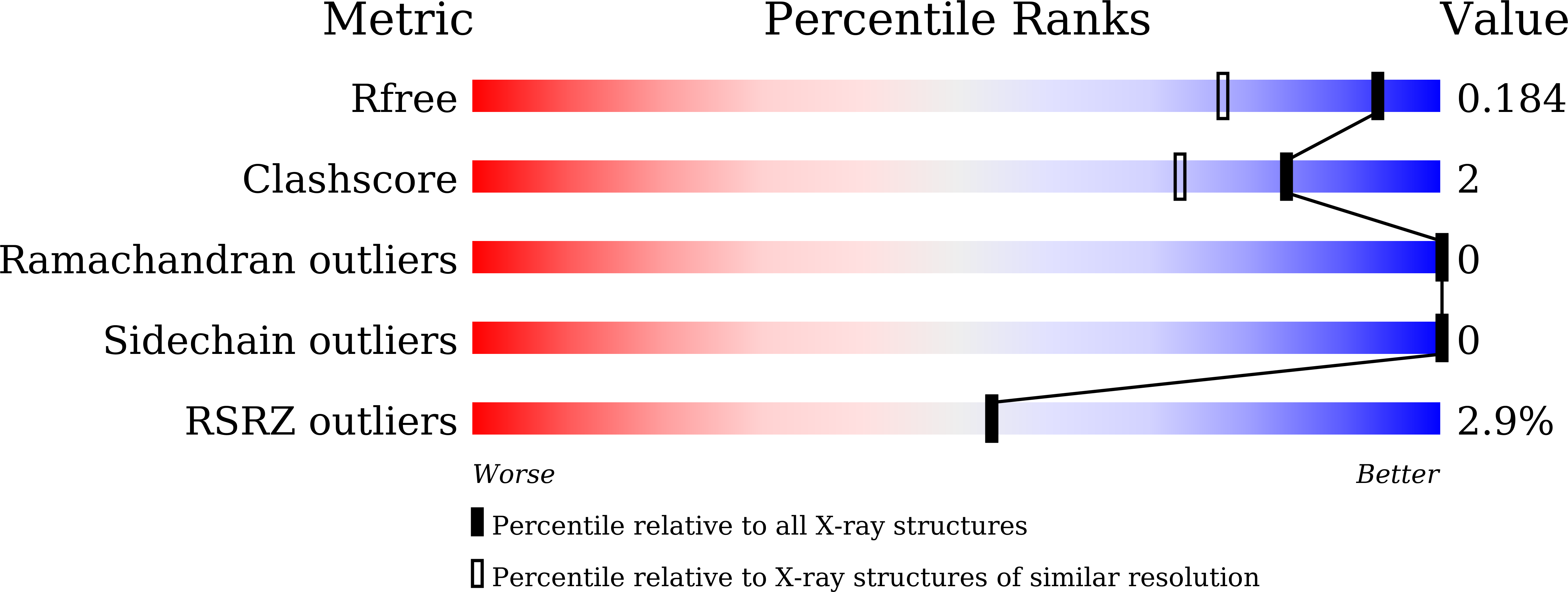
Deposition Date
2025-04-03
Release Date
2025-10-15
Last Version Date
2025-11-05
Entry Detail
PDB ID:
9UBF
Keywords:
Title:
X-ray structure of Clostridioides difficile autolysin Acd33800 catalytic domain
Biological Source:
Source Organism:
Clostridioides difficile (Taxon ID: 1496)
Host Organism:
Method Details:
Experimental Method:
Resolution:
1.45 Å
R-Value Free:
0.18
R-Value Work:
0.16
R-Value Observed:
0.16
Space Group:
H 3


